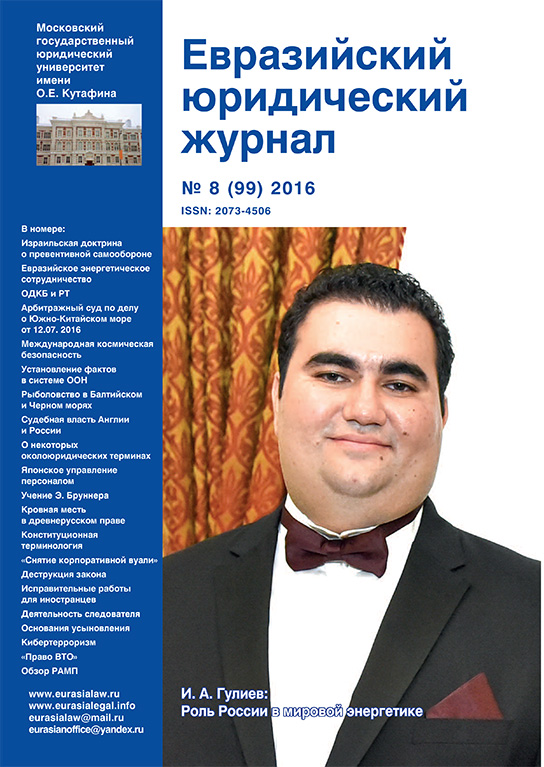377 Psihologicheskih Voprosov Mvd

$1,225,000 (1945) Developed from Variants The Boeing 377 Stratocruiser was a large long-range developed from the military transport, itself a derivative of the. The Stratocruiser's first flight was on July 8, 1947.
Its design was advanced for its day; its innovative features included two passenger decks and a, a relatively new feature on transport aircraft. It could carry up to 100 passengers on the main deck plus 14 in the lower deck lounge; typical seating was for 63 or 84 passengers or 28 berthed and five seated passengers. The Stratocruiser was larger than the and and cost more to buy and operate. Its reliability was poor, chiefly due to problems with the four 28-cylinder and structural and control problems with their propellers. Only 55 Model 377s were built for airlines, along with the single prototype.
In the Hall of Fame of the Central Museum of the Great Patriotic War of 1941-1945 on Poklonnaya Hill solemn event dedicated to the swearing in of the first year students of Moscow State University Russian Ministry of Internal Affairs, has successfully completed initial. MVD Issues Revised Regulations to Obtain a Driving Authorization Card or non-federally compliant ID” for the link 12/7/2018 MVD Issues Revised Regulations to Obtain a Driving Authorization Card or non-federally compliant ID.
Berths and seating aboard a 377 The Boeing 377 Stratocruiser was a civil derivative of the Boeing Model 367, the, which first flew in late 1944., who had become President of The Boeing Company in September 1945, sought to introduce a new civilian aircraft to replace reduced military production after. Boeing saw in their large-bodied, fast, and long-ranged military transport potential for a passenger aircraft suited for premium service on long transoceanic routes, expanding on the precedent set by their with. Despite a recession in late 1945, Allen ordered 50 Stratocruisers, spending capital on the project without an order from an airline customer. His gamble that customers would be interested in Boeing's unique and expensive new airplane turned out to be correct for a brief period. On November 29, 1945 (Pan Am) became the launch customer with the largest commercial aircraft order in history, a $24,500,000 order for 20 Stratocruisers. Earlier in 1945 a had flown from Seattle to Washington, D.C.
Nonstop in six hours and four minutes; with this knowledge, and with Pan Am President 's high regard for Boeing after their success with the, Pan Am was confident in ordering the expensive plane. The 377 shared the distinctive design of the C-97, with a 'double-bubble' fuselage cross-section, resembling a figure-8, with 6,600 ft³ (187 m³) of interior space, allowing for pressurization of a large cabin with two passenger decks. Outside diameter of the upper lobe was 132 inches, compared to 125 inches for the DC-6 and other Douglas types (and 148 inches for today's 737). The lower deck served as a lounge, seating 14. The 377 had innovations such as higher cabin pressure and air conditioning; the superchargers on the four Pratt & Whitney R-4360 engines increased power at altitude and allowed constant cabin pressure. Modulj kartogramma dlya autocad civil 3d 2015. The wing was the Boeing 117 airfoil, regarded as the 'fastest wing of its time'. In all, 4,000,000 man-hours went into the engineering of the 377.
It was also one of but a few double deck airliners, another being its French contemporary, the, as well as Boeing's own and the. A total of 56 were built, one prototype (later reconditioned) and 55 production aircraft. First flight of the 377 was on July 8, 1947, two years after the first commercial order. The flight test fleet of three 377s underwent 250,000 mi (217,000 nmi; 402,000 km) of flying to test its limits before certification. Adoption of the Stratocruiser got a boost from the US government, with a controversial incentive package offered to for its purchase. Its components were unusually generous mail contracts offered to Northwest for opening new routes to Hawaii and points in the western Pacific region that they were invited to apply for, and a loan earmarked for the purchase of a fleet of Stratocruisers.
Pan-Am saw Northwest's mail contract deal and appealed for new terms in their own international mail contracts, which were granted much to the consternation of, who were able to provide the same Atlantic mail services as Pan-Am with lower operating costs. The Northwest deal led to allegations of graft and political favoritism towards Boeing.
The other carriers who adopted the Stratocruiser were, (merged with Pan Am in 1950). The last 377 was delivered to BOAC in May 1950. On this delivery flight, Boeing engineer Wellwood Beall accompanied the final 377 to England, and returned with news of the, the first jet airliner, and its appeal.
The tenure of the Stratocruiser with United ended in 1954, when United had the opportunity to sell them to BOAC after finding them unprofitable without the extra mail subsidies enjoyed by Pan Am and Northwest. Operational history [ ]. Stratocruiser As the launch customer, Pan Am was the first to begin scheduled service, from San Francisco to Honolulu in April 1949. At the end of 1949 Pan Am, and (AOA) were flying 377s transatlantic, while was flying in the United States; in January 1950 United began flights from San Francisco to Honolulu. Stratocruisers were pressed into emergency military service following the onset of the. By late 1950, Northwest Orient was serving New York City, Chicago, Detroit, Minneapolis/St.